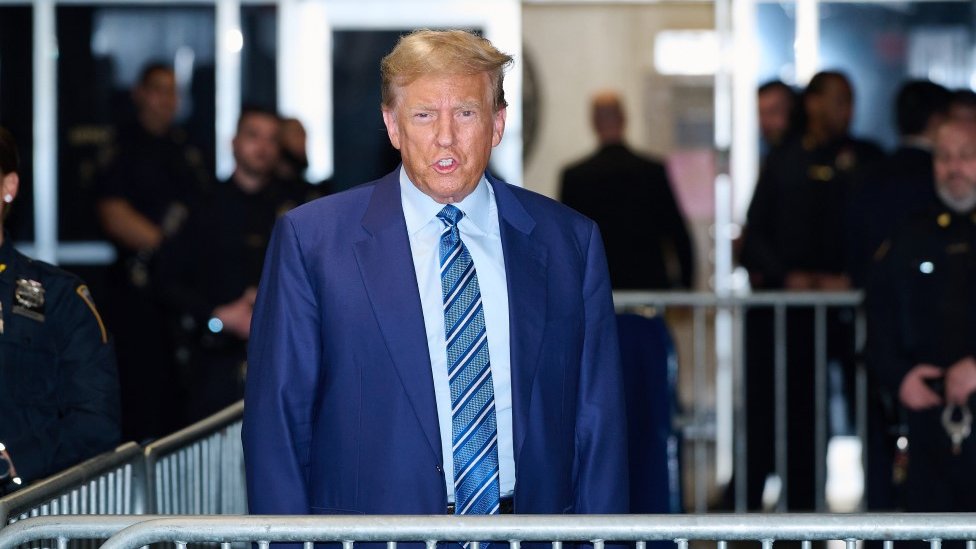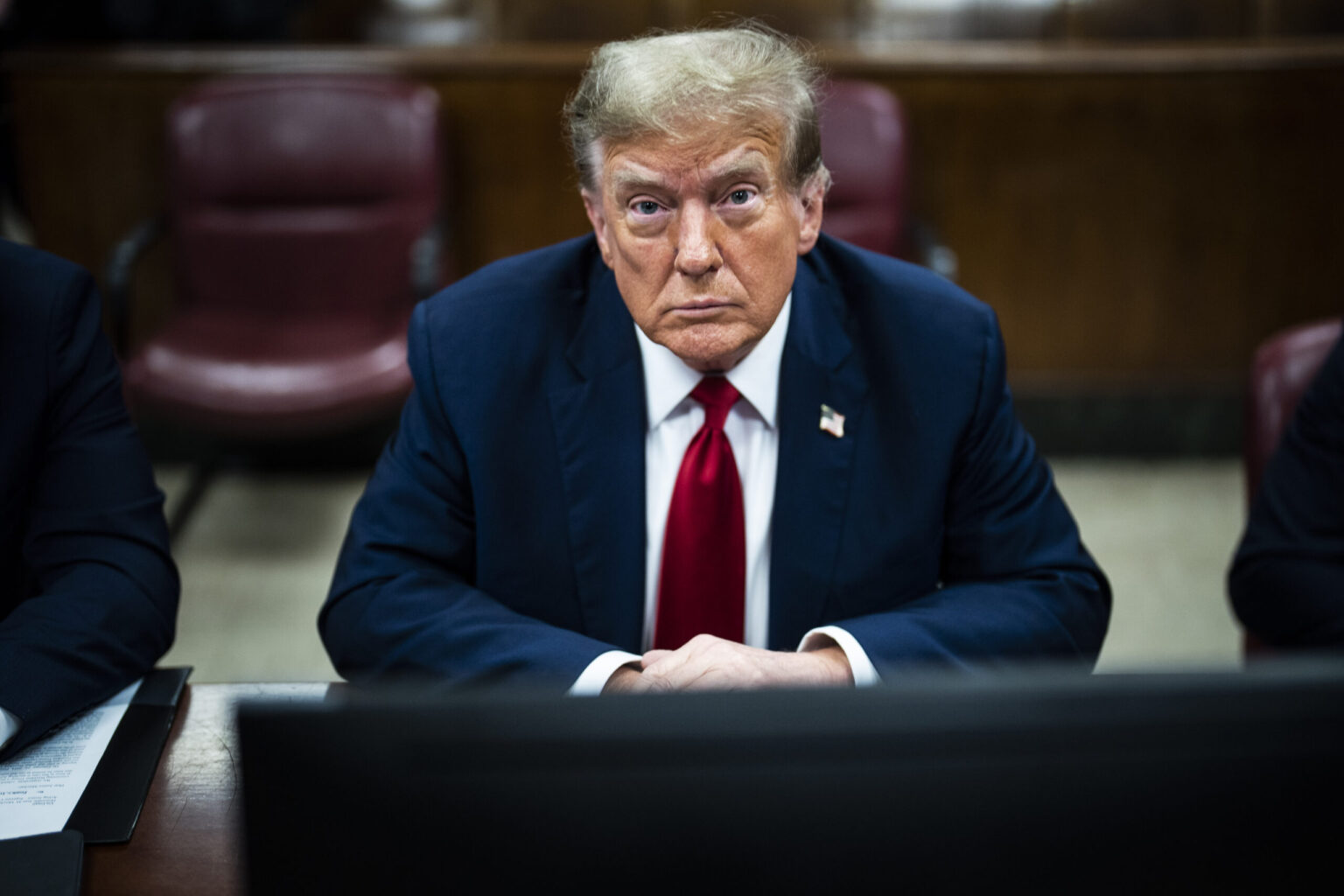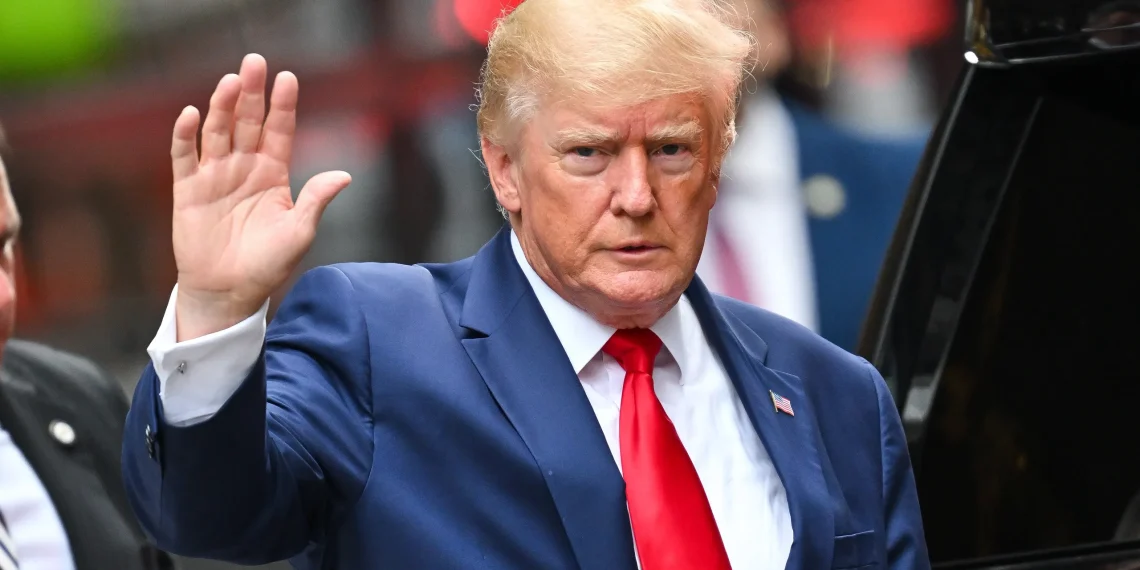Amidst his trial, former President Donald Trump strategically orchestrates public appearances and media engagement, challenging the notion that any publicity is bad publicity, especially in politics.
Restricted from televising the proceedings, Trump leverages his political platform to amplify his narrative of judicial persecution while projecting a presidential image through meetings with foreign dignitaries.
Campaign-friendly events, such as visits to a Harlem convenience store and interactions with union workers, allow Trump to maintain visibility and engage with voters, despite his absence from the campaign trail.

Although faced with the potential political fallout of his trial, Trump’s team capitalizes on the extensive media coverage surrounding the case, utilizing both traditional news outlets and his social media platform, Truth Social.
While some analysts caution that Trump’s repetitive claims of persecution may lose impact over time, others emphasize the significance of his continued access to the public spotlight, even amidst legal challenges.
Trump’s trial, centered on alleged hush money payments to women, risks alienating important voter demographics, particularly women, whose support he relies on for electoral success.
The Biden administration, meanwhile, capitalizes on the stark contrast between Trump’s legal battles and Biden’s presidential duties, emphasizing the president’s efforts on behalf of Americans in battleground states.

Despite ongoing political rhetoric surrounding the trial, the charges against Trump were brought by the Manhattan district attorney, independent of the Biden administration.
Despite legal pressures, Trump remains undeterred in his political ambitions, buoyed by support from both domestic and international allies.
While the trial may present challenges, Trump’s ability to address public perception and maintain a political presence underscores the complexity of the intersection between legal proceedings and political strategy.














